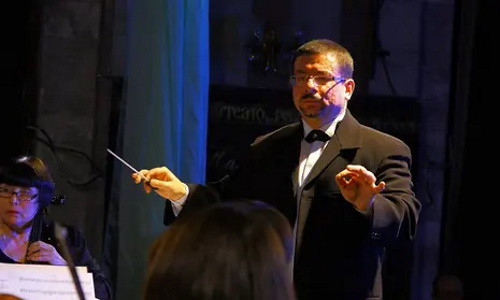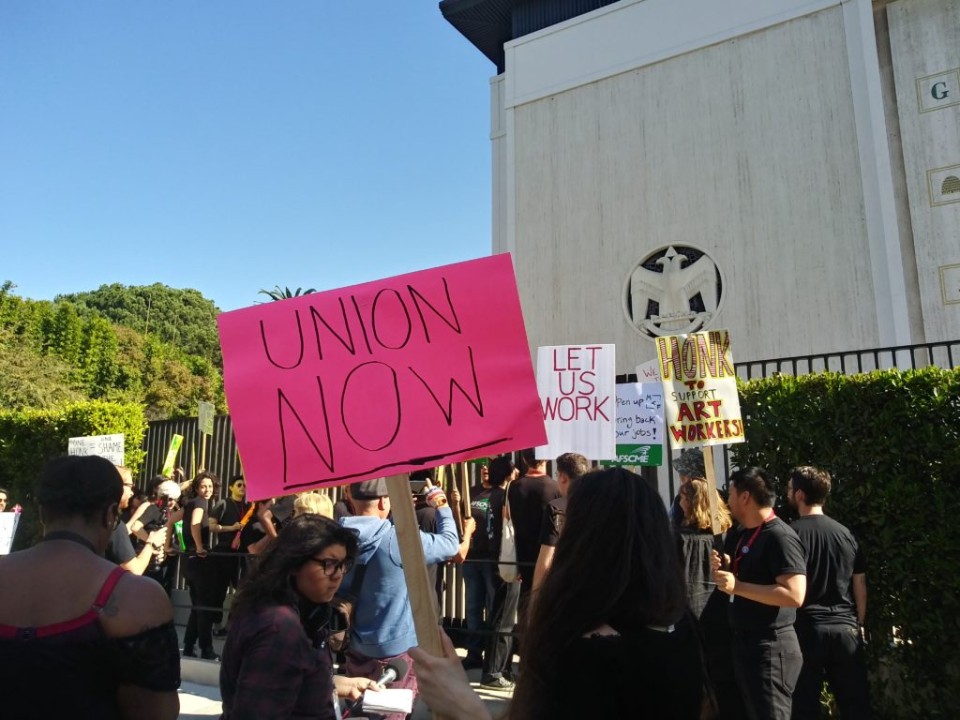Who Is To Protect the Artists?
The WSJ commentary raises an important issue about art, politics and the nature of censorship in the arts. But whether it is Mr. Gergiev conducting at the Met or the prohibition of performing Wagner’s music in Israel or cancelling a Mozart opera in Berlin because of its negative depiction of Mohammed, the protagonist is the not conductor.
http://www.wsj.com/articles/the-whiff-of-a-new-blacklist-1423696936?mod=rss_Arts_and_Entertainment
In each of these examples, and the hundreds more – from the NEA culture wars to the Hide/Seek exhibition at the National Portrait Gallery, it is not the artist but the arts leader who holds the ultimate responsibility for or against censorship. Mr. Gergiev would not conduct at the Met were it not for Peter Gelb, the Met’s General Manager, engaging him; nor Robert Mapplethorpe’s photographs exhibited at the Contemporary Arts Center in Cincinnati 25 years ago if Dennis Barrie, its Director, not risked a jail sentence by challenging the courts.
The opera conductor needs the opera house, the choreographer the dance company and the visual artist the museum or gallery to communicate the work. The arts leader is the one person who ultimately protects the artist and the work of art.
As Monica Strauss wrote, the arts leader, the impresario, executive director or museum director, takes on the job of “raising the consciousness of the public by offering the avant-garde critical support, opportunities for exposure, and patronage in the face of social hostility.”
We are entering a time of extreme social hostility, a period where artists may face the ultimate sacrifice of losing their lives over a cartoon or stage work. But even more dangerous is the potential for self-censorship; recently the Victoria and Albert Museum removed images of Mohammed from its website for fear of the potential negative reactions by an Islamist radical.
The great arts leaders are they who recognize their responsibility, who will have the courage of their convictions and who will offer their critical support in this time of social hostility. The greatest danger will be when those arts leaders, the go no-go deciders, engage in a tacit self-censorship that deprives great artists and works of art opportunities for exposure.







